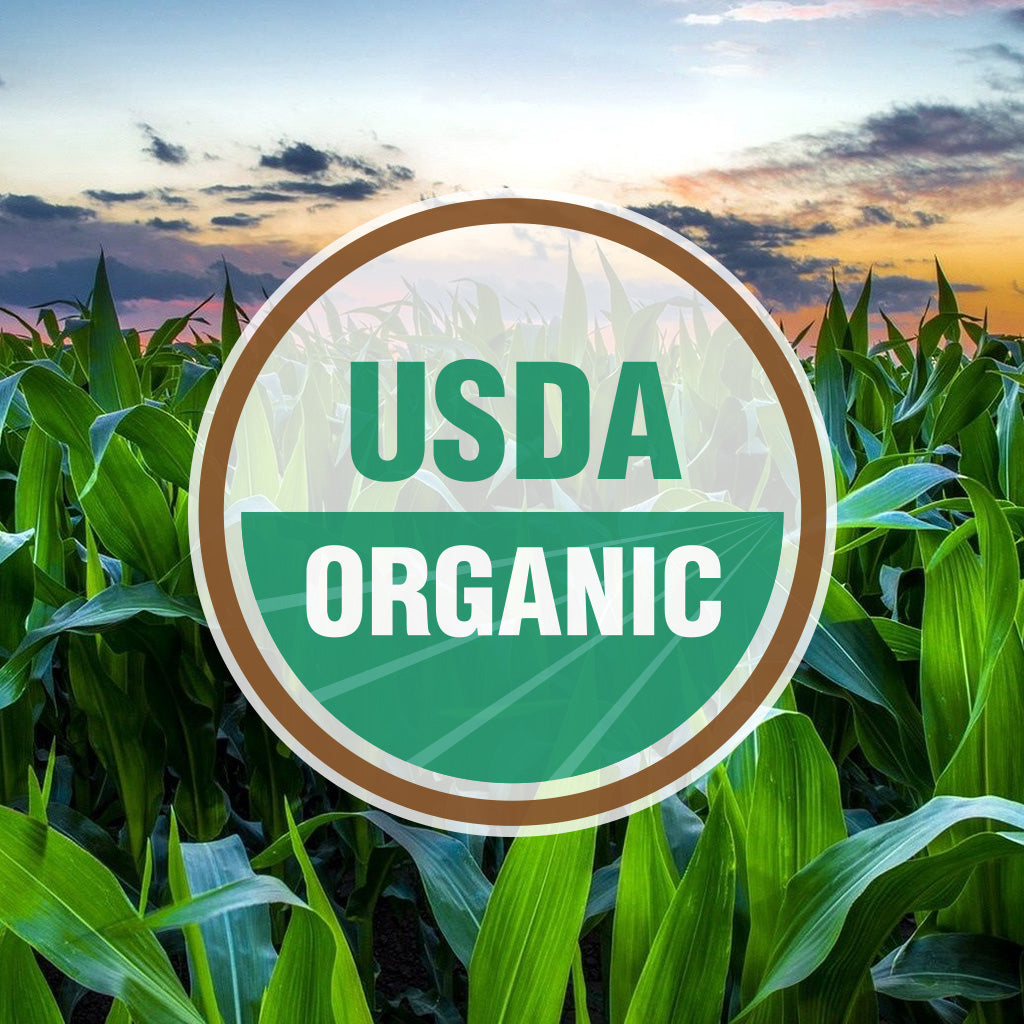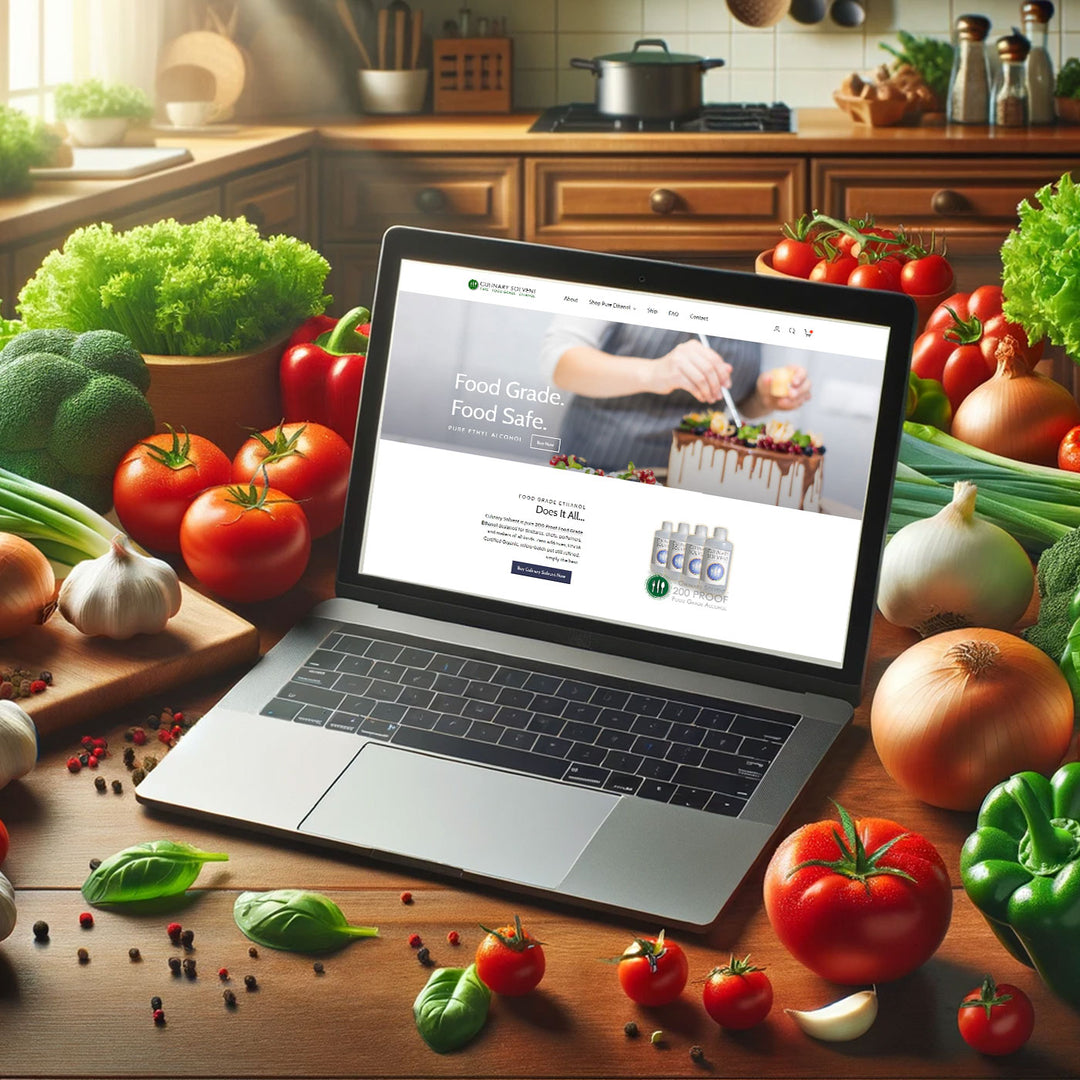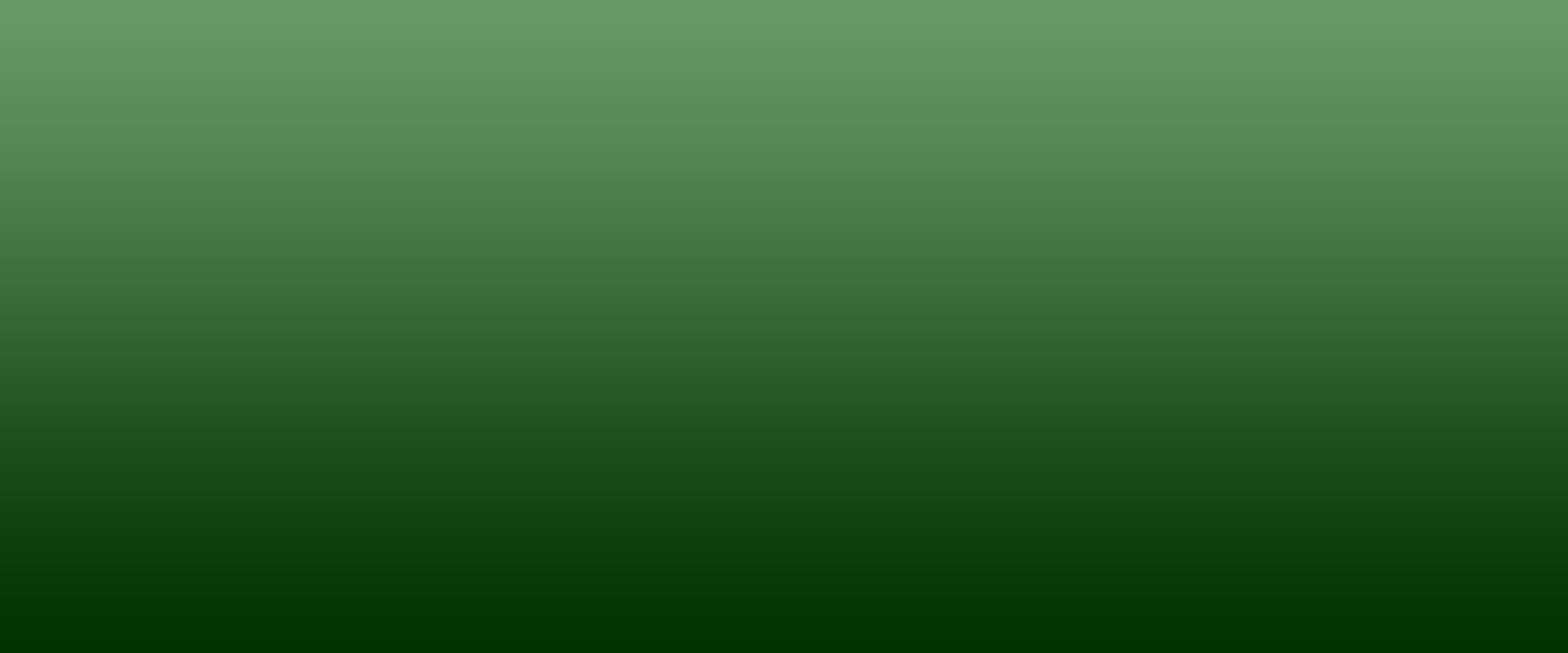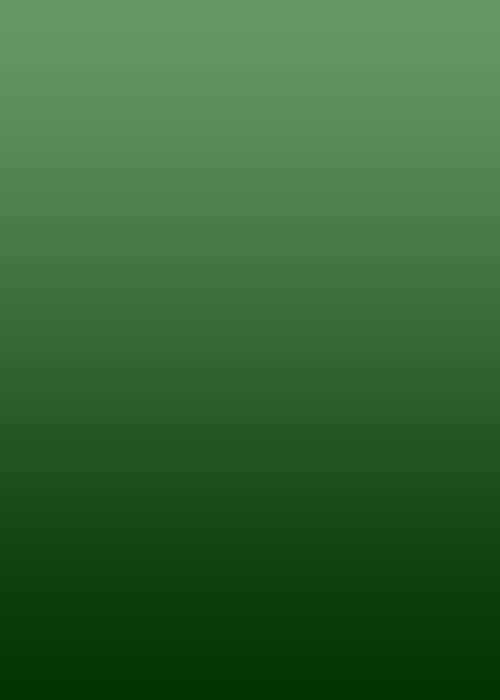How to Make Homemade Coffee Extract Recipe

Our homemade coffee extract recipe takes on the flavor and character of the fresh whole coffee beans you choose to work with. Substitute coffee extract 1-for-1 in any recipe that calls for espresso powder to deliver a deep, richer coffee flavor thanks to the abundance of coffee oils contained within your homemade extract. This extract is sure to find a permanent place in your spice cabinet. Before you get started, learn more about how to choose the coffee beans, how many beans are required for optimal extraction, and prepare your ingredients to create your own fresh homemade coffee extract.
Equipment for Coffee Extract
- Glass "mason-style" jar with a new lid, 16 fl oz or larger.
- Tablespoon (15ml)
- Kitchen Scale (Optional)
Equipment Notes
- Any glass jar will do for making coffee extract. Mason jars are suggested as they are cost effective, infinitely reusable, and easy to clean. While the jars can be reused with a good wash, it is recommended to use a new lid to seal the jar while infusing and storing your coffee extract.
- Certain plastic jars (PET or HDPE) will work with alcohol, but reusing a plastic jar that once contained another kind of food is not recommended.
- For consistency between batches, a kitchen scale that measures in grams is recommended. Deep precision for this recipe is not required however, and a single tablespoon (15ml) will more than suffice for scooping fresh beans out of the bag and into the jar for extracting.
Ingredients for Coffee Extract
- Whole Coffee Beans.
- 200 Proof Food Grade Ethanol (Ethyl Alcohol).
- Water.
Ingredient Notes
- Fresh Coffee Matters - Choose the freshest coffee possible by sourcing your beans directly from the roaster whenever possible. Coffee that's been sitting around on the shelf, whether your shelf or the store shelf, will impart coffee flavor to this extract, but beans that are older than 6 months from roasting will be missing many of the rich flavor notes and depth that only fresh coffee can deliver. For our recipe trials, we partnered with Coffee Hound Coffee Co (Brewer, Maine) who ships their whole bean coffee direct from the roastery within 48 hours of roasting.
- Dark Roast or Light Roast? - Your homemade coffee extract will embody the flavors and profiles of the beans you choose. Choosing dark roast beans or light roast beans is a point of personal preference, and one style does not make a better extract over the other. Choose beans for your coffee extract based on how a fresh cup of coffee tastes for an idea on how the coffee extract will taste.
- Grind the Beans or Leave them Whole? - Grinding the beans is not required to make full flavored homemade coffee extract. This rule applies to crushing the beans as well. While grinding or crushing the coffee beans increases the surface area and contact exposure of the alcohol-water solution to the coffee, the act of grinding releases many of the volatile fragrant essential oils that make coffee so delicious to begin with. Grinding beans will increase the speed of infusion, however it will also result in a less flavorful finished extract, while requiring that the grounds be strained from the liquid before use. For the best coffee extract flavor, coupled with minimum prep work and cleanup, leave the coffee beans in their whole form. And there is another benefit to leaving your beans whole, they (the beans) tell you when the infusion is ready to use. Skip down to "How to tell what done looks like" to learn more about this neat feature built in by nature.
- Not all alcohol is created equal when it comes to making coffee extract. Be sure to source only pure food grade ethyl alcohol that contains no additives.
- About using vodka, rum, or other spirits for coffee extract. As long as the alcohol content is over 40% ABV (alcohol by volume), you can use it to make coffee extract by following the recipe on this page. If you choose to use vodka, rum, or another spirit, do not add additional water. Also, be aware that other spirits often impart flavors in addition to the coffee beans which may compliment or oppose the rich flavor of the coffee bean profile. Using brandy or cordials for coffee extract is not recommended as their alcohol content is often below 40% ABV.
- Any water will work as long as it (the water) tastes good on its own. This may include tap water, distilled water, filtered water, well water, spring water, or even bottled-water.

Recipe: Homemade Coffee Extract
Yield: 2 Fl-oz (60ml) of finished coffee extract. 2 fl oz equals twelve (12) teaspoons of finished extract.
- Measure 6 tablespoons of fresh whole bean coffee. Optional, use a kitchen scale to measure 30 grams of whole coffee beans.
- Combine coffee beans in a glass jar with 2 fl oz (60ML) of 200 proof food grade alcohol and 2 Fl oz (60ML) of water. Close jar tightly with lid.
- Agitate briefly to mix water and alcohol with a quick shake.
- Wait 48 hours. Store the jar on your counter or in a kitchen cabinet while infusing occurs. No need to shake or agitate further.
- Done. Once the beans sink to the bottom of the jar, your coffee extract is finished and ready to use. If there are still some beans floating after 48 hours, wait a bit longer until all of the beans sink to the bottom.
Recipe Notes
- If you add your beans first, then the alcohol, then the water, you will notice the resulting liquid to be a milky-light-brown color. In fact, just beans and alcohol will create a light brown translucent liquid, the milky color only results when the water is added. This is a result of the oils that are present on the outside of the fresh beans dissolving into solution in the 200 proof alcohol, and then out of solution when the ABV changes to 50% via the addition of the water. This is a good sign that you have quality beans with plenty of coffee flavor. The presence of these oils, which are not soluble in water alone, is (one of) the reasons for using hot water to brew your fresh cup of coffee. The milky appearance is the result of the dissolved oils forming microdroplets as the water is added to the alcohol forming an emulsion. If left untouched, the oil micro drops will reconstitute eventually, and form a layer of coffee oils floating on top of the liquid.
- The beans will absorb approximately half of the liquid during the infusion process as they exchange the oils and flavor compounds contained through the process of diffusion. Be prepared to collect less liquid than you added when judging how much coffee extract you wish to finish with. When in doubt, make a little extra and gift any you don't want to keep to a friend...

What Does "Done" Look Like?
- Your coffee extract is done infusing when the coffee beans sink to the bottom of the infusing jar. Typically this takes about 48 hours at room temperature.
- The liquid should be dark brown, similar to a fresh cup of coffee.
- The beans at the bottom of the jar will resemble fresh beans, except they will no longer be floating.

Should I Strain the Coffee Beans from the Coffee Extract?
No. It is recommended to leave the coffee beans in your extract until you use the last drop.
How to Store Coffee Extract
- Store your homemade coffee extract in the same jar used to infuse it.
- Keep the jar sealed tightly and store in a cool dark place like your kitchen cabinet. Refrigeration is not required to extend the longevity of your coffee extract.
- If left undisturbed for an extended period of time, a small layer of coffee oils will float to the top. A brief shake of the extract before using will break this layer of oil back into micro droplets and disperse them evenly throughout the liquid.
How Long Does Coffee Extract Last?
Because of the alcohol content, your coffee extract should keep full flavored for up to 1 year, possibly longer. The liquid will remain dark brown throughout. If you used grounds instead of whole coffee beans, fine particles may be present and settle to the bottom of your jar if left undisturbed.
Can you Reuse the Beans to Make More Coffee Extract?
No, reusing the beans, or simply adding more alcohol and water to beans that have already infused is not recommended. A second extraction will produce a dark liquid, however much of the oils and flavor compounds of the original beans have been removed in the first soak. When it's time to make more, use a new round of fresh coffee beans.
How to Scale this Recipe
Scaling this recipe to different batch sizes is easy as multiplying or dividing. For quick reference on recipe scale, use the chart below.
| Finished Coffee Extract | Servings (Tsp) | Beans | Alcohol (100% ABV) |
Water |
| 2 fl oz | 12 | 6 Tbsp | 2 fl oz | 2 fl oz |
| 4 fl oz | 24 | 3/4 cup | 4 fl oz | 4 fl oz |
| 8 fl oz | 48 | 1.5 cups | 8 fl oz | 8 fl oz |
| 12 fl oz | 72 | 2 cups | 12 fl oz | 12 fl oz |
| 16 fl oz | 96 | 3 cups | 16 fl oz | 16 fl oz |
Suggested Uses for Homemade Coffee Extract
- Before using, shake your extract to mix the coffee oils back into an emulsion. A brief shake is all that's required to break up any coffee oils that have separated out of solution due to an extended period of sitting undisturbed.
- Substitute for vanilla extract. Coffee extract can be added to all sorts of recipes to enhance the other flavors of the recipe. This applies especially to any existing recipe that uses chocolate in any way, shape, or form. Add a teaspoon of homemade coffee extract to your next batch of brownies, chocolate cake, cookies, cupcakes, mousse, pudding, frosting, or other form of chocolate dessert for an added richness that will expand the overall chocolate flavor of your recipe.
- Combine with vanilla extract. Think of coffee extract as the yin to vanilla extract's yang. The two flavors can work side by side further increasing the depth of flavor contained within your next creation.
- Substitute for espresso powder to deliver a full bodied coffee flavor thanks to the oils and flavor compounds that are trapped within the coffee extract. Read more below to learn the difference between espresso powder granules and homemade coffee extract.
How is Coffee Extract Different from Espresso Powder?
Espresso powder is made by dehydrating liquid espresso into dry crystals that when dissolved back into hot water deliver coffee flavor without the presence of coffee grounds in your drink. Espresso powder can be used to make espresso (the drink), however according to many articles online (including this one via Bonappetit.com), this rehydration method is not recommended as the espresso powder lacks the oils resulting in a considerably less-flavorful cup than a freshly brewed espresso.
Coffee extract on the other hand captures all of the rich flavor compounds, including the oils of the coffee bean, into a solution of alcohol and water. Coffee extracts can deliver the same benefits of using espresso powder in your recipes (rich intense coffee flavor without the presence of gritty grounds), but can deliver that flavor on a deeper level. Furthermore, coffee extracts can be made with any coffee that can be sourced in whole bean form, compaired to espresso powder which is (typically) only available in one flavor. Coffee extracts can capture the nuance and properties that you love most from your favorite roast or bean variety. They offer more versatility with exactly the same function and can be substituted directly in recipes that call for espresso powder.
How to Substitute Coffee Extract for Espresso Powder for Baking.
Coffee extract can be substituted 1 for 1 in recipes that call for espresso powder. For example, if your recipe calls for 1 teaspoon of espresso powder, use 1 teaspoon of coffee extract instead.
Does Coffee Extract Contain Caffeine?
Yes. Caffeine is soluble in water and alcohol, and therefore will be extracted as part of the infusion process described above. If you are caffeine sensitive, try making your homemade coffee extract using a darker roast blend or decaffeinated coffee beans.
How Much Caffeine Is in Coffee Extract?
The amount of caffeine contained in your coffee extract will depend on the variety of bean used, and the amount of coffee beans to alcohol-water they were steeped in. According to espressocoffeeguide.com, 5 grams of coffee beans contain approximatly 60 mg of caffeine. For the recipe included on this page, the finished extract liquid collected of 2 fluid ounces may contain as much as 360 mg of caffeine. Suggested serving size of 1 teaspoon of coffee extract for most recipes results in approximatly 30 mg of caffeine per teaspoon of coffee extract. 1 average 8 fl-oz cup of traditional coffee contains approximatly 80mg of caffeine for reference. However, it should also be noted, that if you add 1 tsp of coffee extract to a batch of brownies, you would need to eat the entire batch of brownies to consume that 30 mg of caffeine.
Additional Resources and Considerations
Coffee Hound Coffee Co - Buy fresh roasted coffee beans and grounds, shipped within 48 hours of roasting. Link: https://www.coffeehoundcoffeeco.com/order-coffee-online/
Culinary Solvent - Buy pure food grade ethanol designed for extracts, concentrates, tinctures, and much more. Link: https://culinarysolvent.com/collections/all
Understanding Coffee Extraction - Royal Coffee Co, December 2017 Link: https://royalcoffee.com/understanding-extraction/








